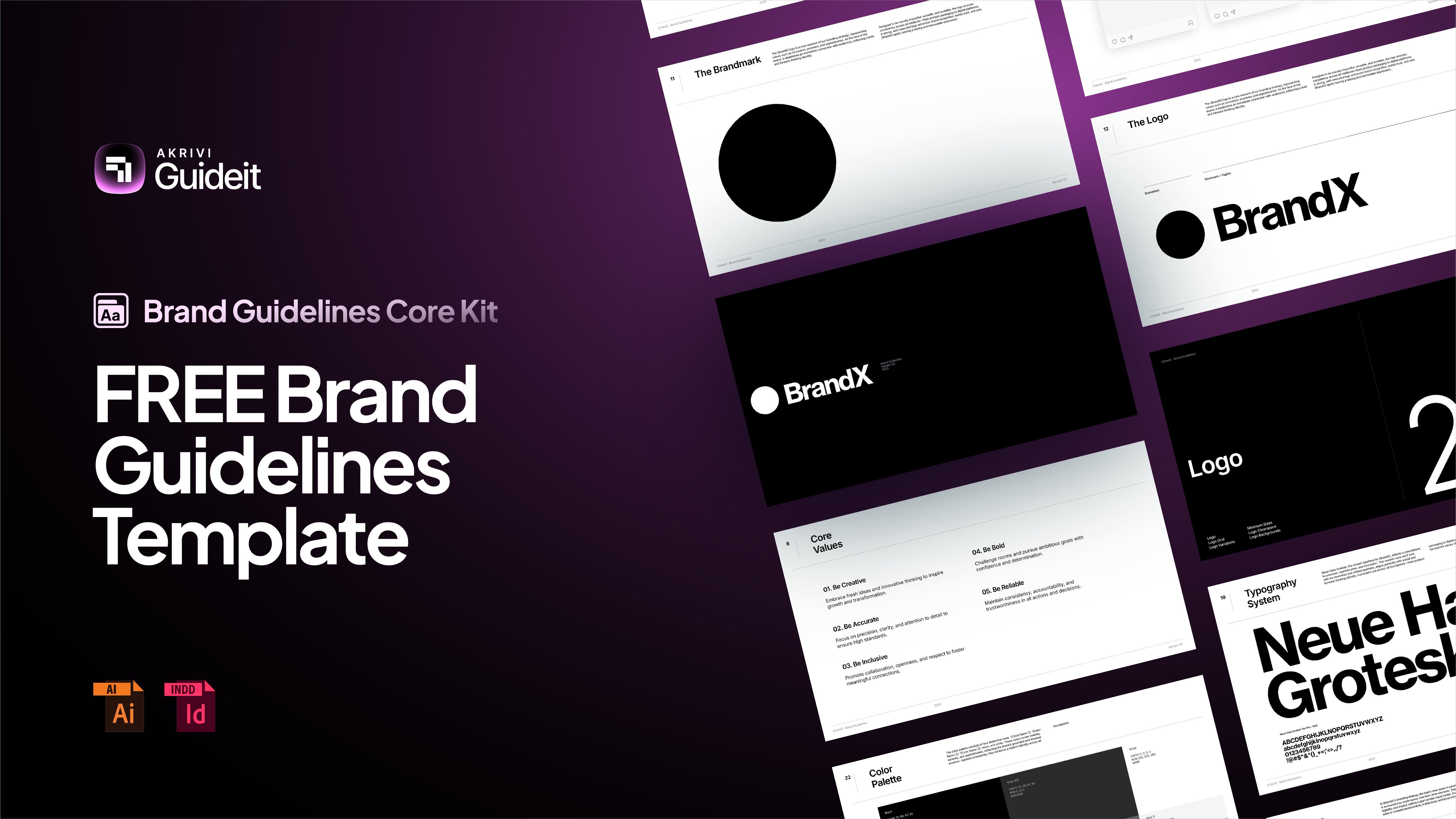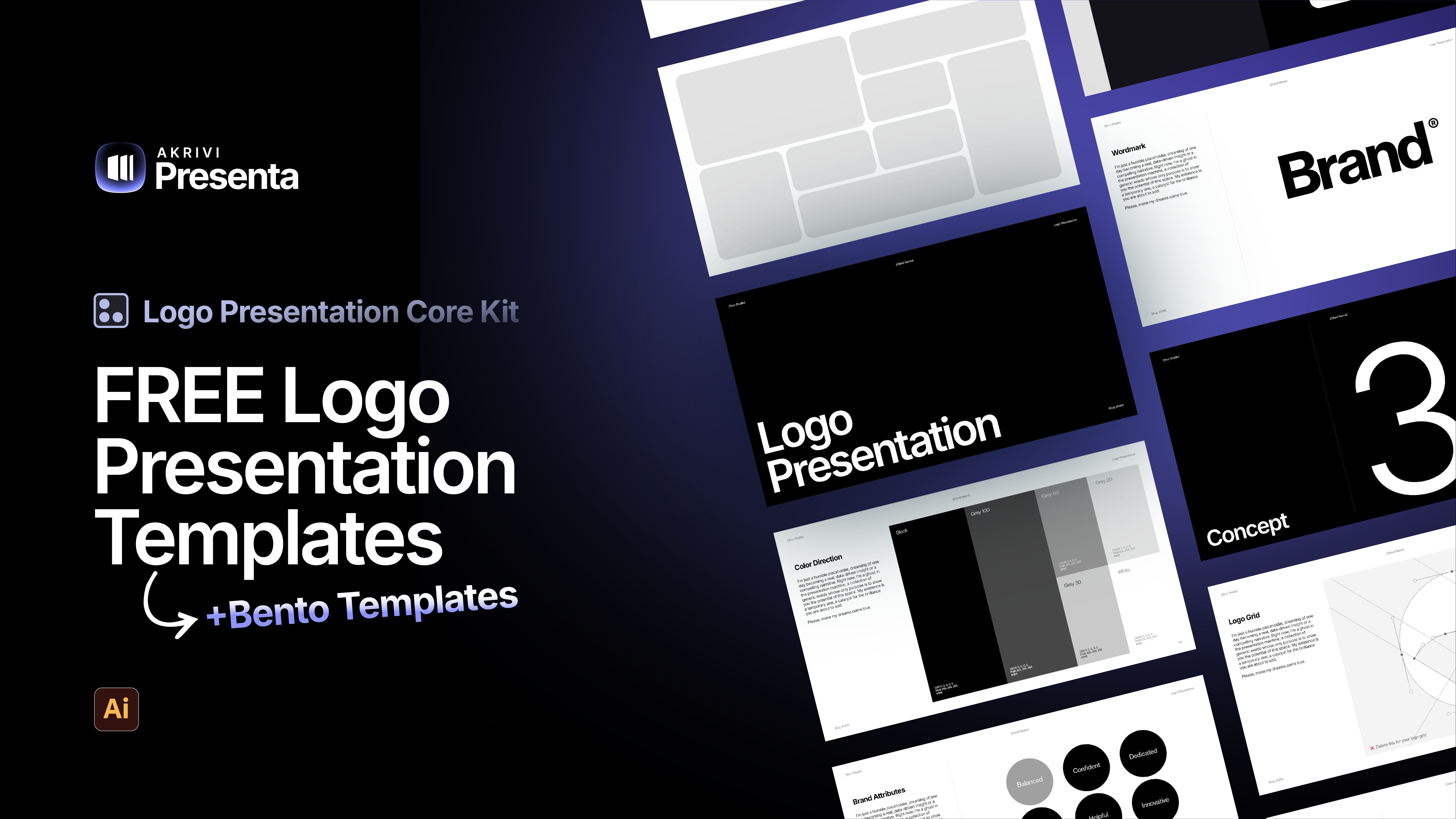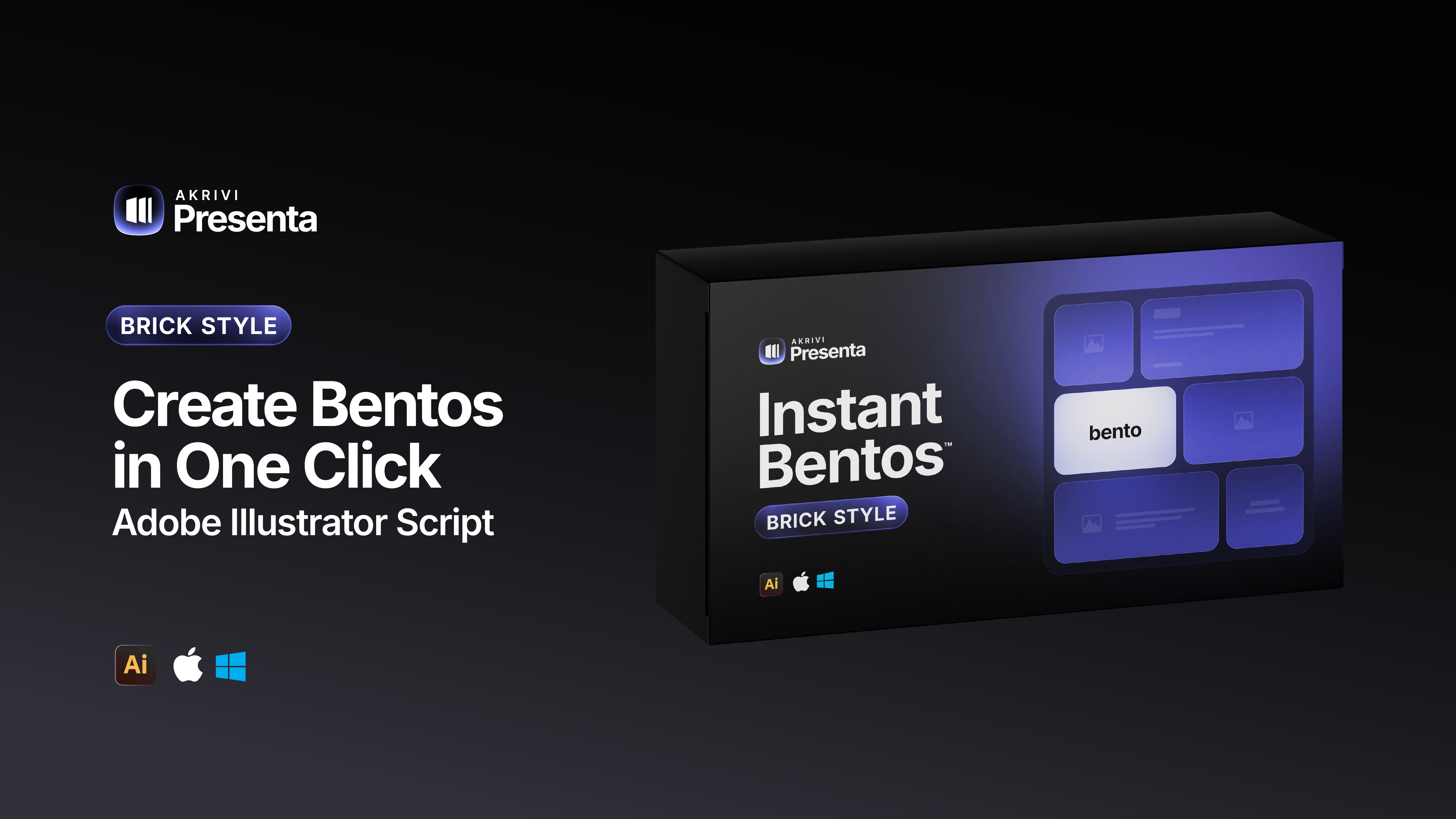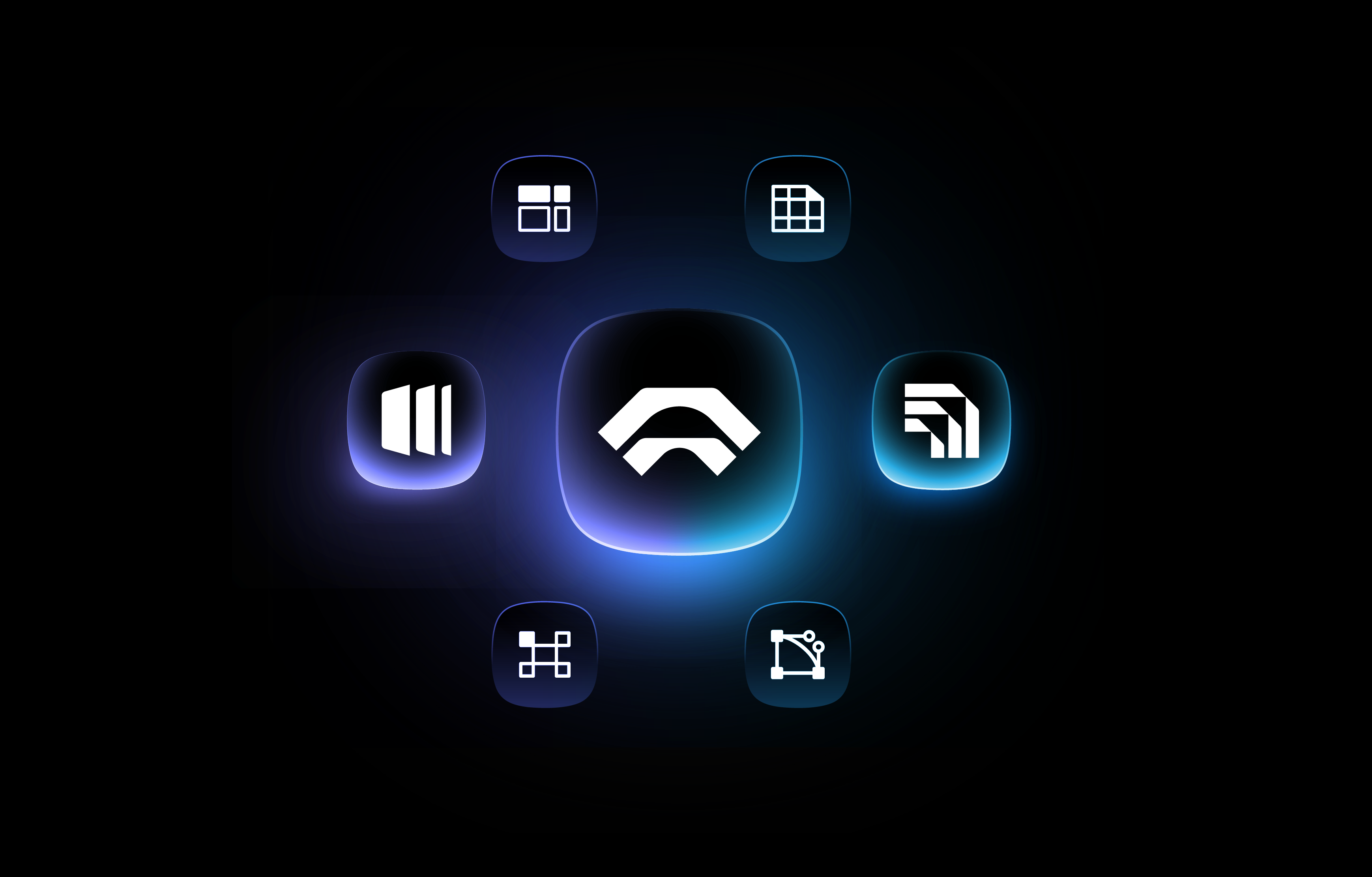Logo Variations Explained: 4 Versions Every Brand Needs
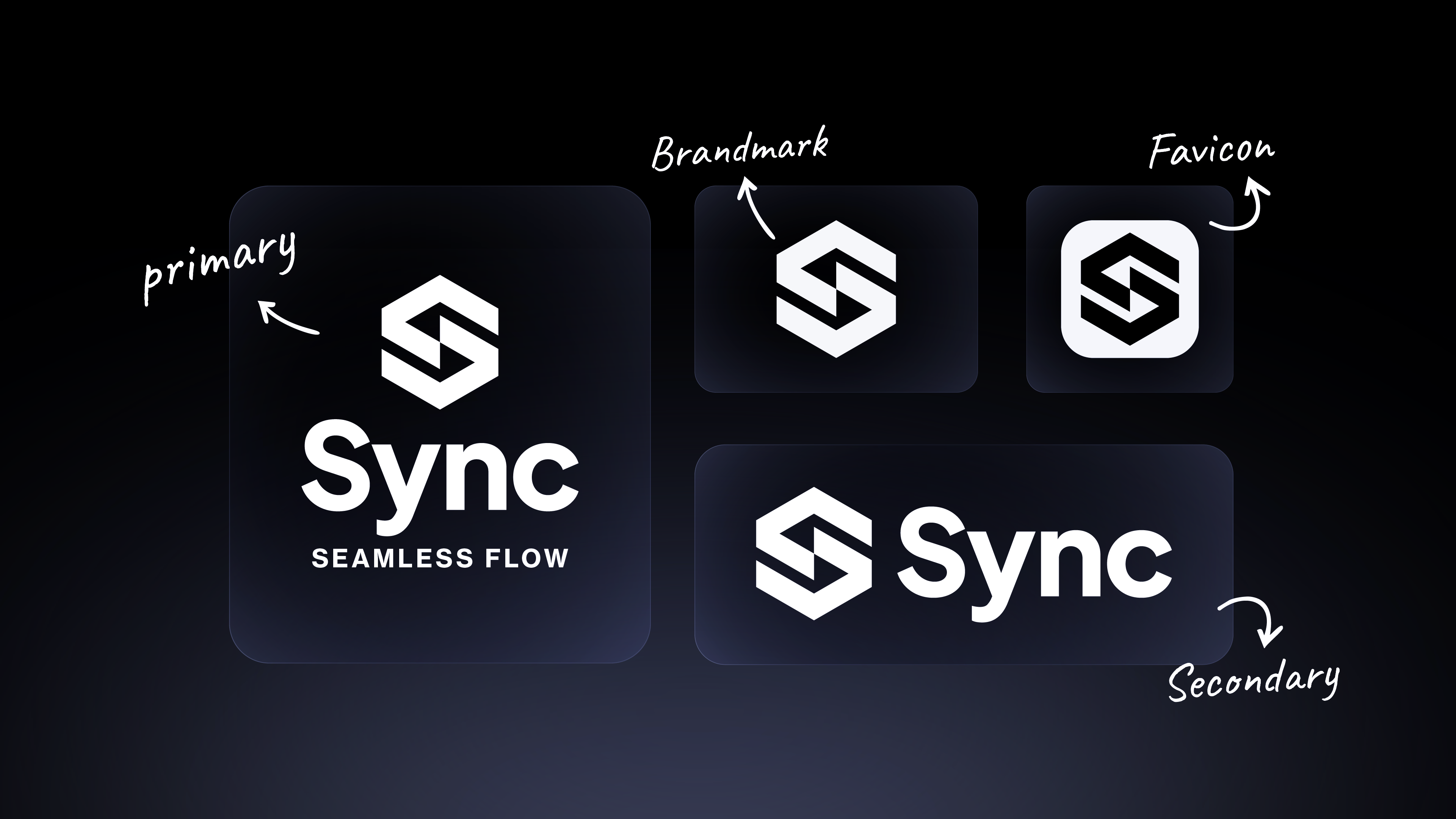
Learn why every brand needs multiple logo variations, and when to use each one.
You've finally got the perfect logo. It's beautiful, meaningful, and your client loves it. But your job isn't done yet.
Having one great logo is crucial, but what could be more important? Having a responsive logo system that works everywhere. This is what truly sets a professional brand apart, and it’s where logo variations come in. I'll explain what they are and break down the 4 essential versions every brand needs to look its best.
Why Do You Need Logo Variations?
The biggest problem that logo variations solve is responsiveness. A single logo simply can't work perfectly in every situation. I've seen it a hundred times: a brand trying to cram a complex, wide horizontal logo into a tiny, square social media profile picture or favicon. The result is an illegible mess.
A suite of logo variations ensures your brand is always recognizable and professional. It works whether it's on a massive billboard or a tiny browser tab. It’s about having the right tool for the right job.
Think of It Like a Wardrobe
The easiest way to think about logo variations is like a wardrobe. You wouldn't wear a formal suit to the beach, right? Your brand needs different "outfits" for different occasions to always look its best.
Your Primary Logo is the full, three-piece suit. Your Secondary Logo is your smart-casual outfit. Your Brandmark is like a stylish cap, and your Favicon is the subtle, custom detail on your watch.
Discover how Gridit can automate your logo design process.
The 4 Essential Logo Variations
1. The Primary Logo
This is the main, most detailed version of your logo. It's the full logo lockup with all its elements, like the logomark, logotype, and maybe even a tagline.
Use this for primary brand touchpoints where you have plenty of space. It's perfect for your website header, the front of a brochure, or on business cards.

2. The Secondary Logo (Alternative Lockup)
This is a simplified or rearranged version of your primary logo. Often, if your primary logo is a horizontal lockup, your secondary will be a vertical lockup (stacked), or vice versa.
Use this when your primary logo doesn't fit the space well. It's perfect for situations that are a bit more constrained. If you want to dive deeper into how to create these different arrangements, I've written a guide all about what a logo lockup is.

3. The Brandmark (or Submark)
This is just the symbol or icon from your logo, used on its own. Sometimes it can be a monogram or a simplified initial.
This is your go-to for small spaces where the full name would be unreadable. It’s perfect for social media profile pictures, watermarks, or as a branding element on

4. The Favicon
This is the simplest, most minimal version of your logo. It has to be instantly recognizable even at a tiny 16x16 pixels. Usually your brandmark with a brand color as background or just the mark with transparent background.
This is exclusively for browser tabs and bookmark icons. It’s a tiny but crucial piece of your brand's digital presence.

Ready to Build a Flexible Logo System?
Creating these different lockups is a key part of building a professional brand. To help you practice your own balanced lockups, I've put together a FREE logo grid template.
It's part of our Logo Grid Core Kit and includes an ebook all about mastering logo grids inside Adobe Illustrator.

Conclusion
Creating a system of logo variations isn't an afterthought, it's a core part of professional brand design. By providing a Primary Logo, Secondary Logo, Brandmark, and Favicon, you equip a brand to be adaptable, responsive, and consistently beautiful everywhere it appears. Look into Gridit tools that automate other logo design stages.
Want to Keep Learning?
Mastering concepts like logo variations is a huge step in becoming a more confident designer. If you want to keep learning and get more tips, tutorials, and insights like this, join my newsletter.
I share my best advice to help you elevate your design skills.


